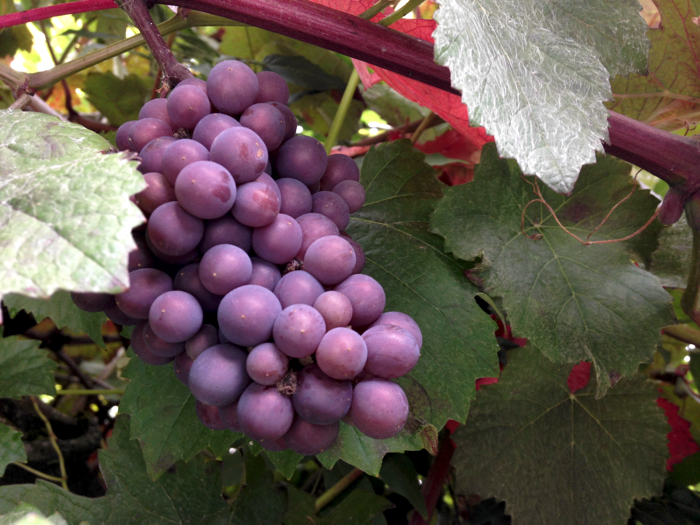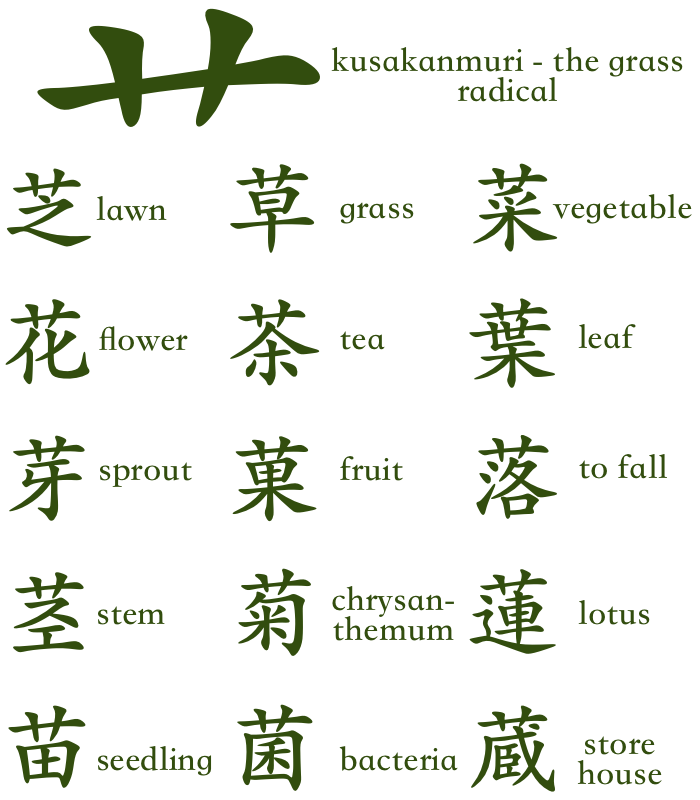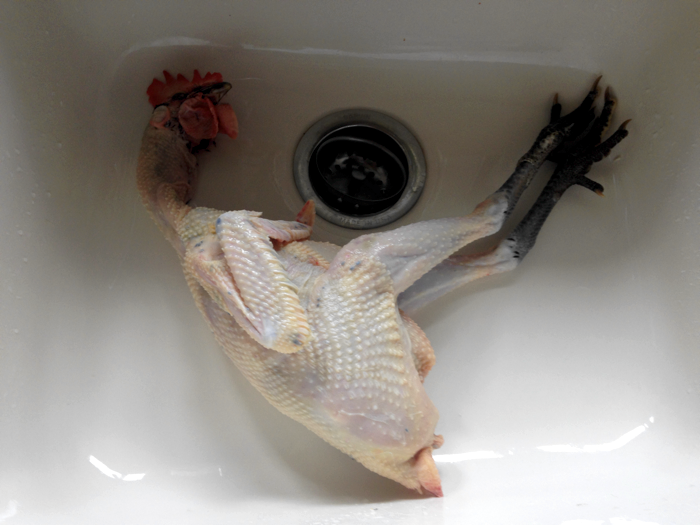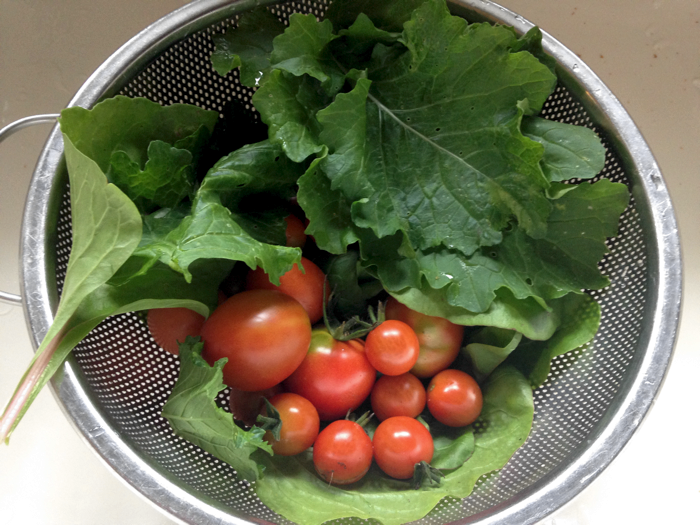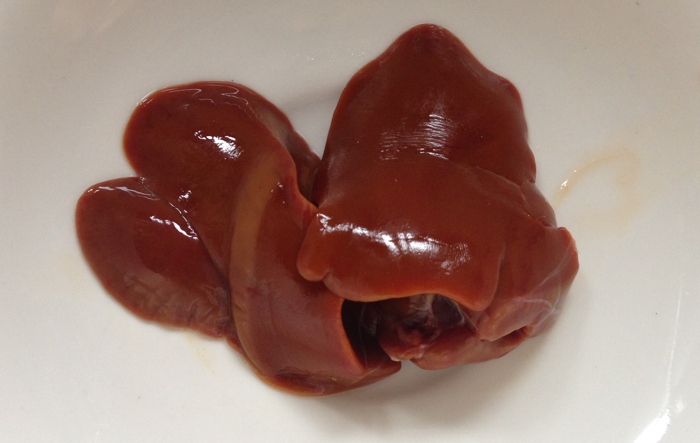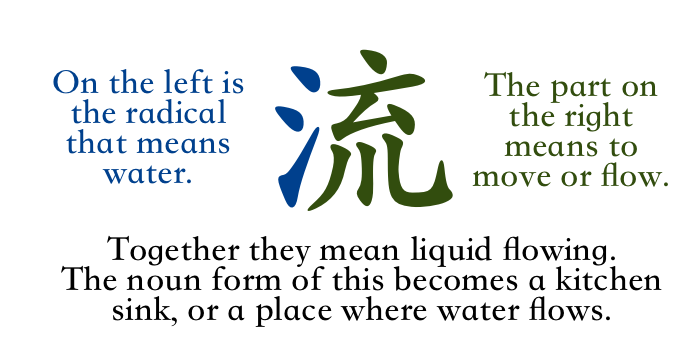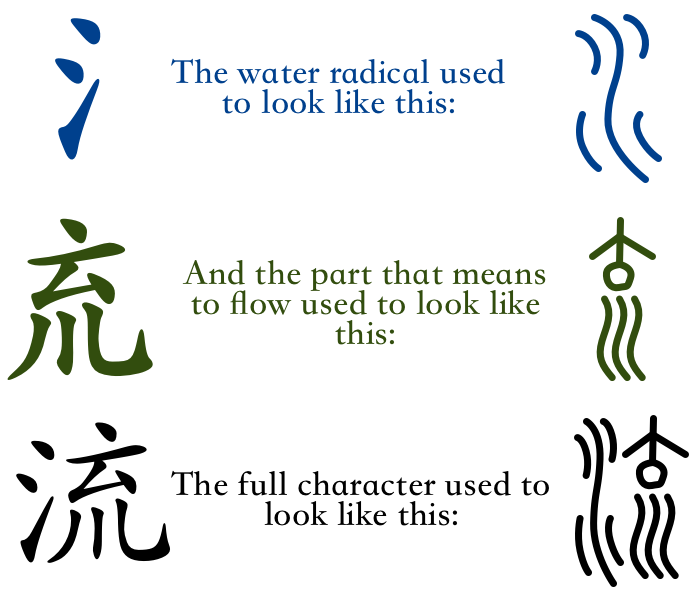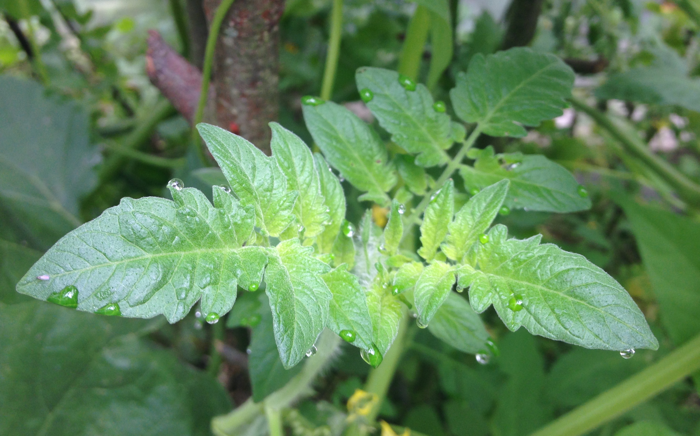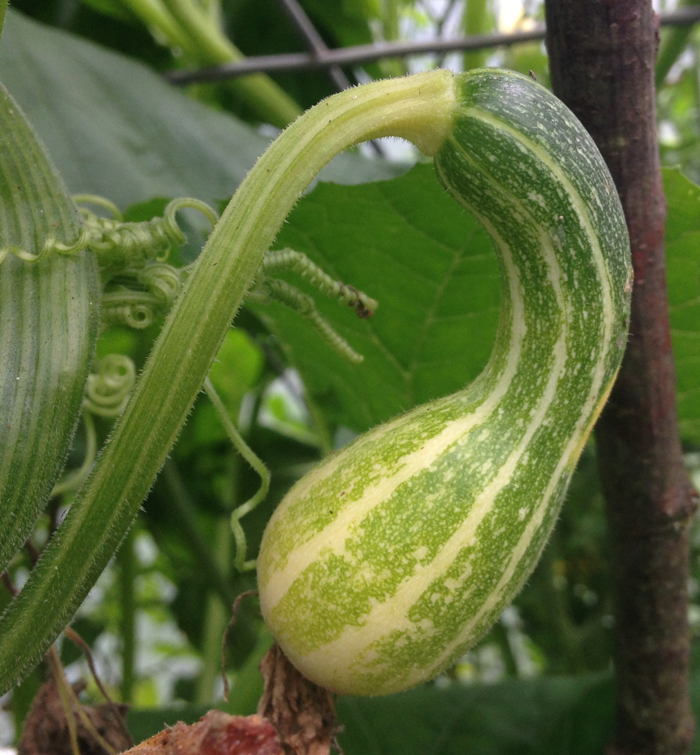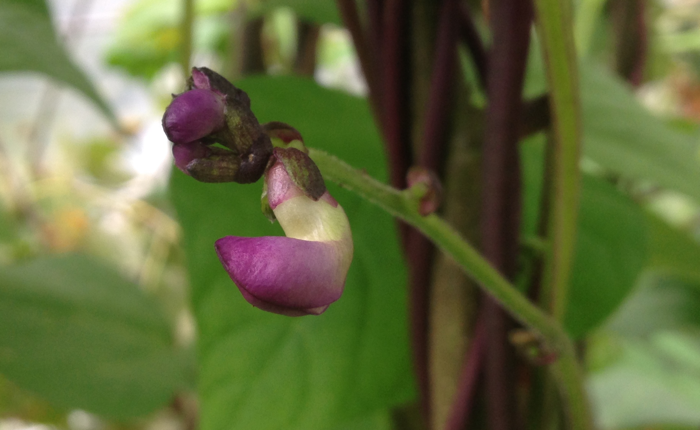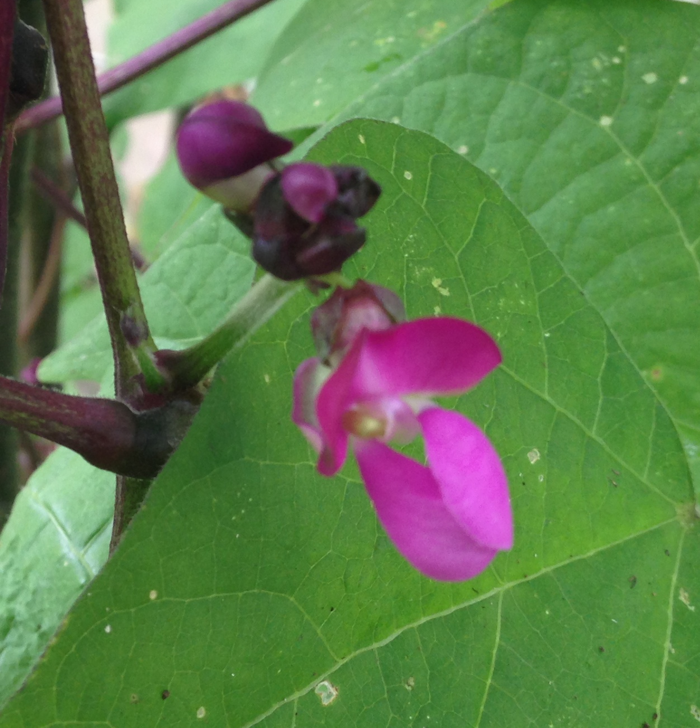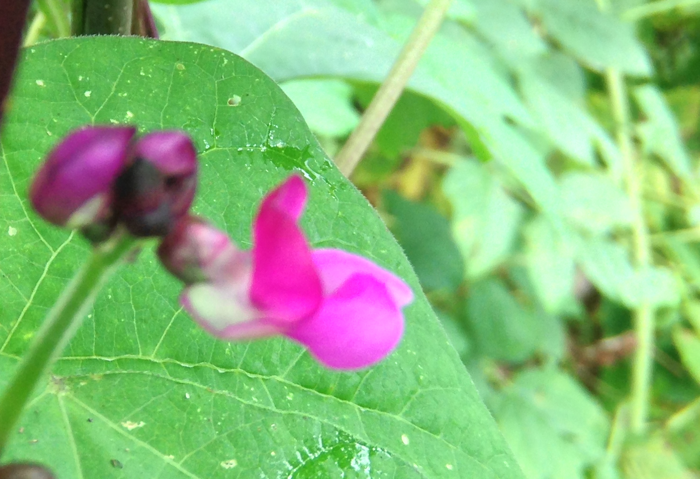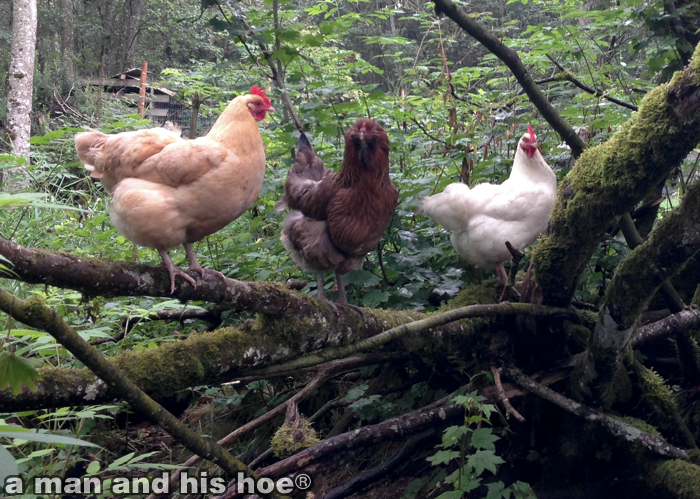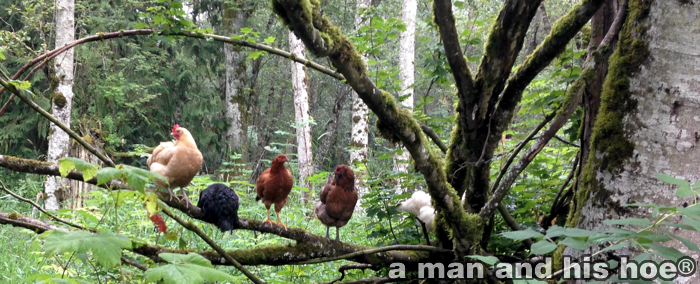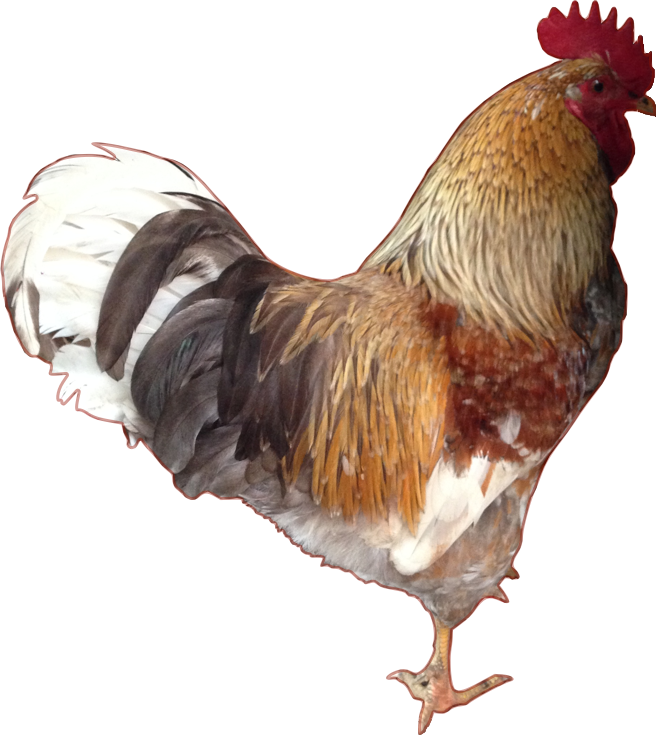
Anthropomorphizing, attributing human characteristics to animals or objects, is a no-no. Somehow, even though we humans share common ancestors with our fellow animals in our evolutionary past, we’re supposedly so different that we’ve magically developed characteristics which fellow animals don’t have.
What about alektoropomorphizing, attributing the characteristics of roosters to humans? It’s the time of year when I need to thin out the roosters for the sake of the hens, so I’m thinking about roosters a lot. This morning I butchered my fourth one this week. There are at least another five more to go to bring sufficient peace and quiet for the hens.
[wpvideo LDnOreHP]
I swear, watching roosters grow and behave has given me a keen insight into the behavior of straight men. Their behavior is so much like roosters that it’s uncanny. This drive to impress the ladies, possess them, lord it over other men, compete and fight, it’s exactly what roosters do.
The common perception is that we humans have evolved such complex brains, that our behavior can’t be explained by instinct. And yet, why do so many men behave exactly like roosters? A comparison of male behavior across animal species, including us, could be illuminating. No doubt there must be a genetic basis to explain much of this similarity.
I think we’re fooling ourselves when we think instincts have no effect on us. Why is it that civilizations keep repeating the same story over and over again? It may be that our instincts keep us enslaved to play out the same story, generation after generation. Perhaps a genetic evolution is required to allow us to act out a different story where we figure out a way to live in peace and harmony.
